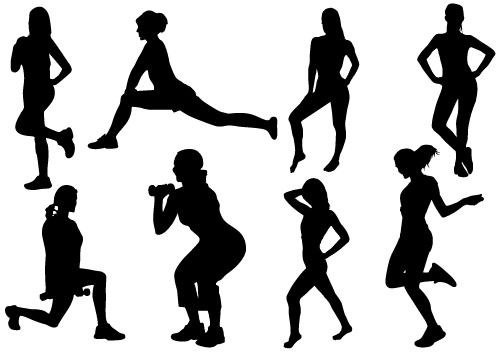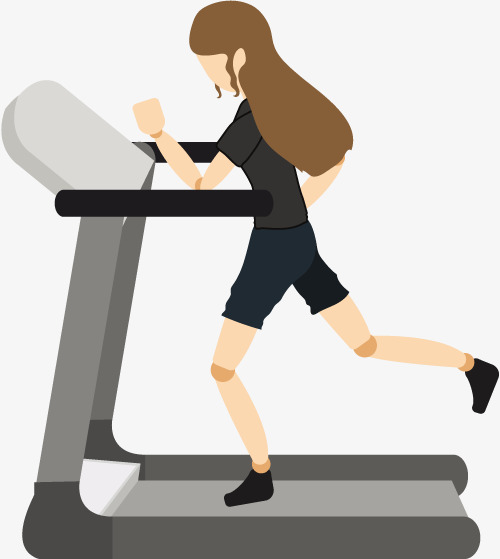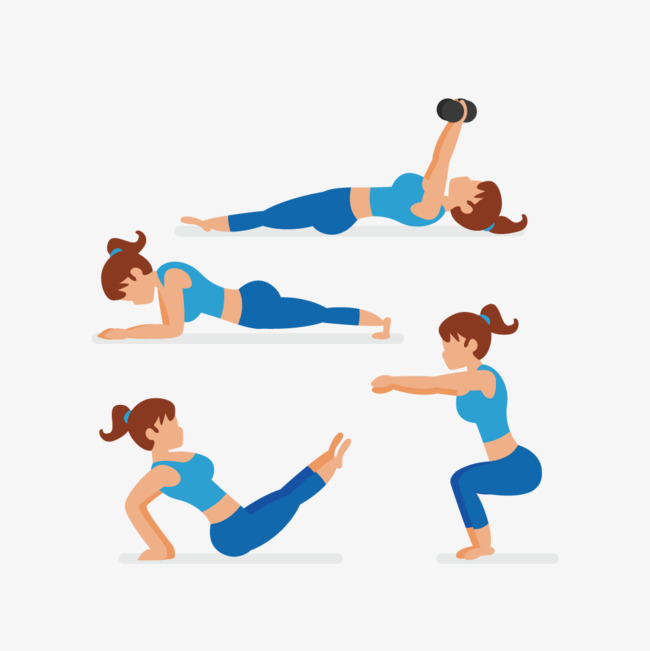As the summer is here, very few will dare to get under the scorching sun and exercise. People literally sweat doing nothing and exercising outdoors will make you sweat more. Dehydration, heat stroke and even death can occur if exposed to too much heat.
In this post, we would like to share answers to some common questions we get asked during our routine work as a cardiac rehab team:
Is it advisable to exercise during summer? – Yes, you can exercise during summer, but it is advisable to do the exercises either early in the morning or just before or during sunrise (Source of Vitamin D) (or) post sunset in the evening.
What are the common precautions to be taken while exercising in hot weather? –Wear appropriate clothing and footwear; take sips of water or electrolyte mixed beverage for hydration; ensure the temperature is regulated (if indoors) or not more than 36 deg Cel (if outdoors); do adequate warm up and cool down exercises.
Can we exercise indoors during the summer? – Yes, you can exercise indoors. There are many exercises that can be done inside your house without any fancy equipment. Use of body weight and space will be helpful.
How to avoid dehydration or stay hydrated during summer? –Increase your intake of fluids. Instead of drinking plain water, add a pinch of salt and sugar to improve water retention. Use of electrolyte mixed beverages that are available in the market may be helpful for individuals who indulge in athletic activities and sports. Others can stick to water mixed with a pinch of salt and sugar, fruit juice (with pulp and without added sugar) or tender coconut water.
What types of exercises are advisable? –Combination of aerobic exercise and strength training can be done at home. Aerobic exercises should be done at least for 30 minutes on 5 days a week and strength training for 2 days a week. Free exercises using one’s own body weight or simple equipment like dumbbells weight cuffs and resistance bands are the main options for building muscle strength. The major muscle groups for strength training are shoulders, biceps, triceps, forearm, quadriceps, hamstrings and calf muscles.
I have been diagnosed with a heart ailment and am taking medicines. Is it safe to exercise in very hot conditions? –As you are under treatment for a heart problem, it is best to take the advice of your Cardiologist or your Cardiac Rehab Team. In general, people with heart conditions should avoid exercising in extremes of weather as it can add to the workload of the heart. However, if you take the above precautions, your exercise regime will be fruitful.
From the above questions and answers, it is evident that exercise can be done indoors and also it is simple, effective and also cost-effective (sometimes zero cost too).
Some of the indoor exercises are:
- Push ups or modified push ups
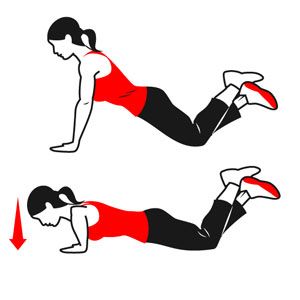
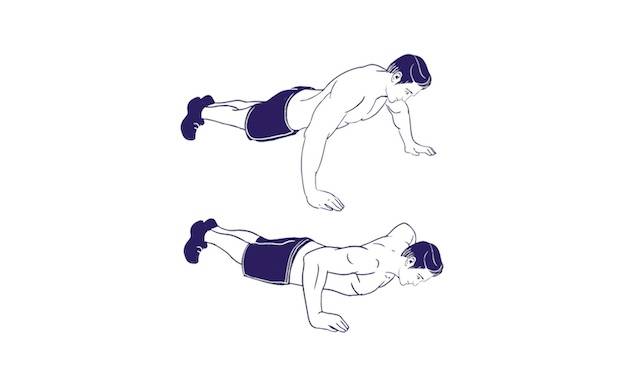
- Forward lunges – with or without dumbbells
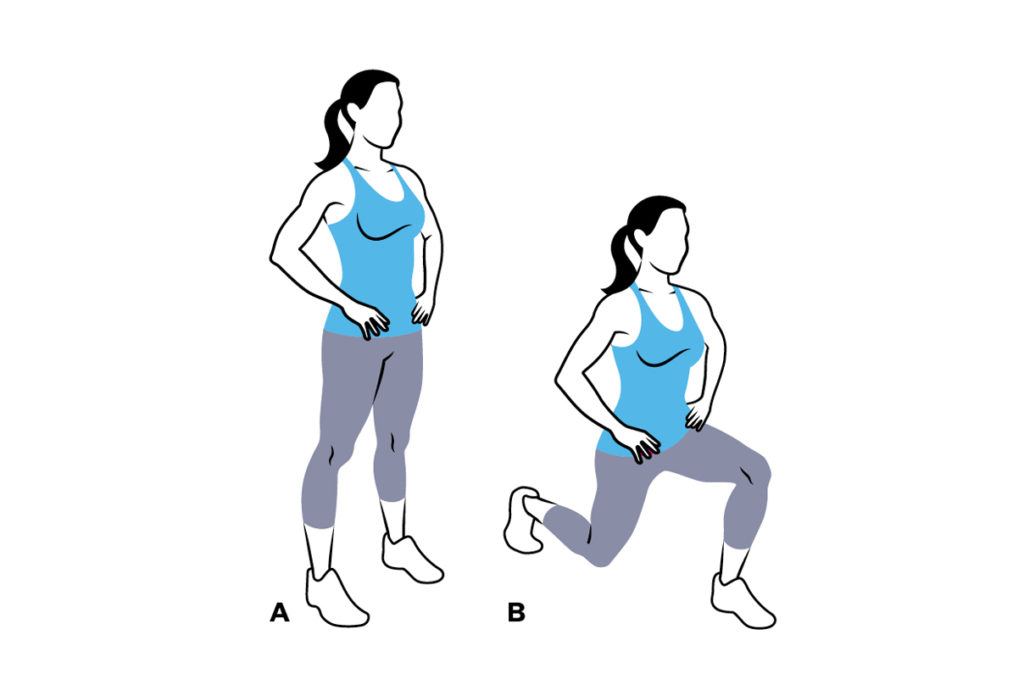
- Half squats
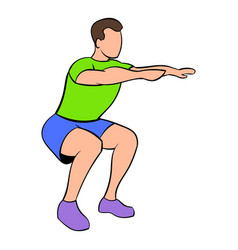
- Normal planks
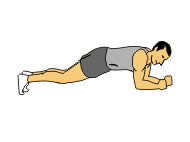
- Steppers – with or without dumbbells
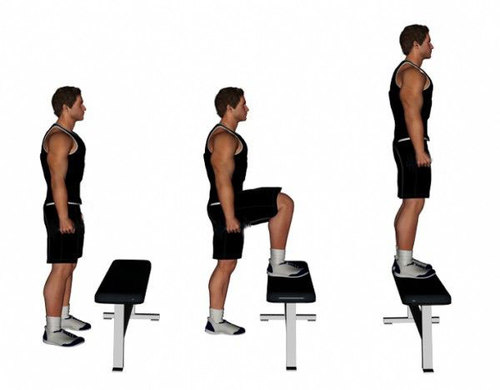
- Abdomen sit ups
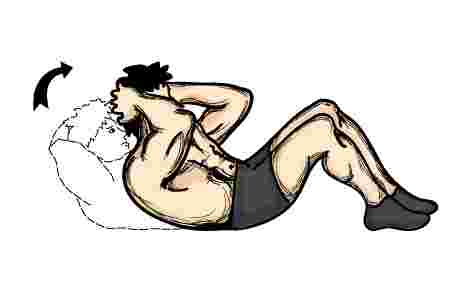
- Quick sprints
- Stair climbing – brisk walk or jog 2 to 3 floors in a single repetition
These can be done while traveling too. Adequate warm-up should be done prior to exercise and slow and relaxed stretching should be done as a cool down to avoid muscle cramps or soreness. Not to forget that overtraining can also affect the body.
Thus it is important to exercise with adequate precautions during the hot summers. If you exercise the right way with proper guidance and techniques, it is easier to achieve the desired goal. And remember exercise can be done anywhere and all it needs is dedication, determination and commitment.
